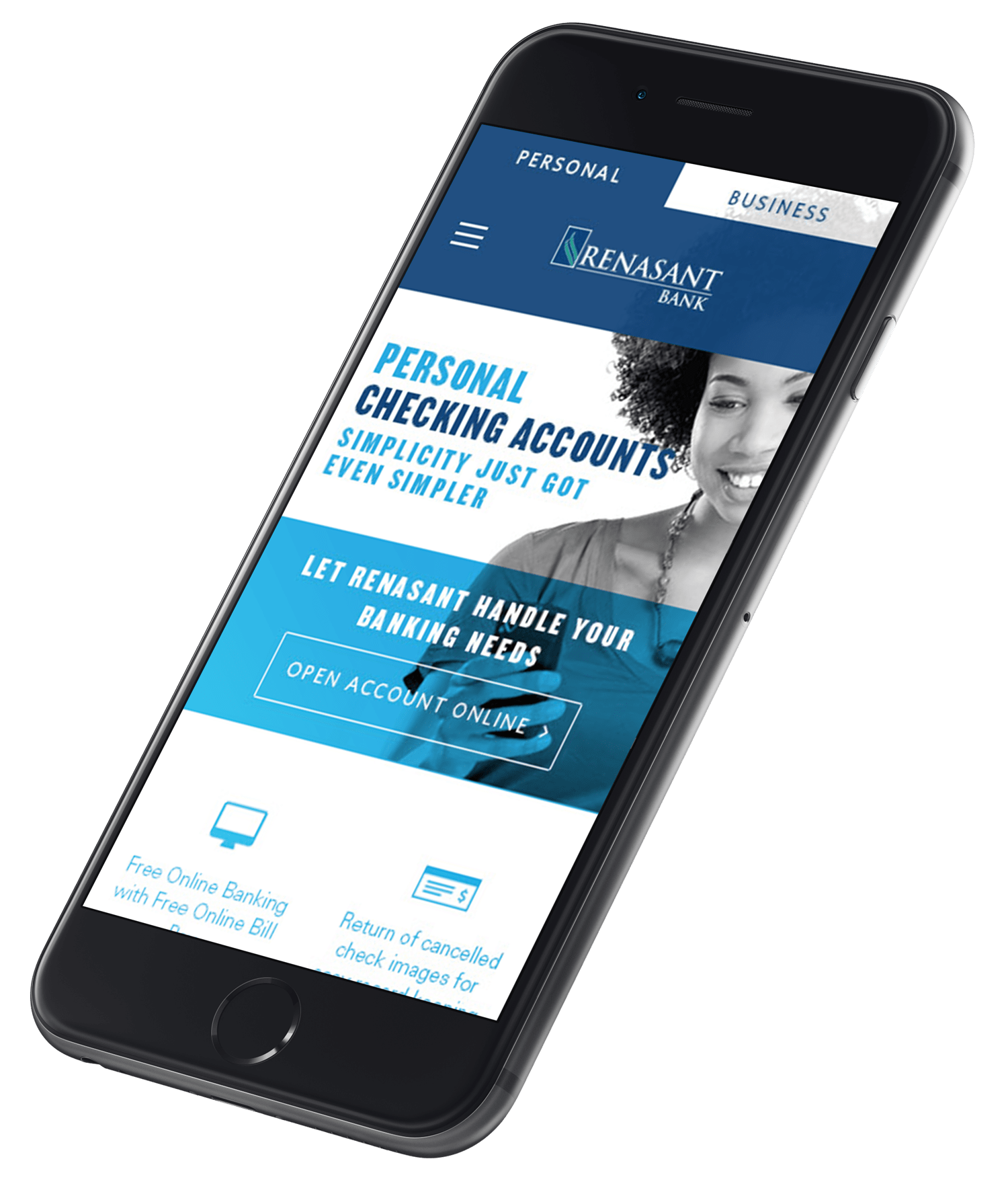Tax season is upon us—that time of year when many Americans realize they’ve given the federal government yet another interest-free loan, money that’s eventually returned to them as a “tax refund.”
That’s money that was over-withheld from their paychecks, money that could have influenced their day-to-day spending, and money that could have been better invested with you—their true financial partner.
And, make no mistake, there’s a lot of money on the table. Last year, the IRS issued a staggering $312 billion in refunds, with the average U.S. taxpayer getting back $2,825. What’s more astonishing is the average refund could rise even higher when Americans begin filing 2018 returns later this month.
See, when President Trump signed the Tax Cuts and Jobs Act (TCJA), a bevy of changes affecting this year’s tax brackets, marginal rates, and deductions became law. And, despite fewer Americans in favor of the overhaul than those who support it legislators remain hopeful the TCJA will provide significant financial relief to the majority of U.S. taxpayers—including your personal and business clients.
According to Morgan Stanley research estimates, tax refunds issued in spring 2019 will be 26 percent higher than last year’s refunds—simply because the majority of taxpayers will fail to adjust their withholdings due to TCJA changes.
“Tax reform is not just a tax rate change or a bigger child tax benefit than you’ve had before,” said Kathy Pickering, vice president of regulatory affairs and executive director of The Tax Institute at H&R Block. “It’s going to change the way you think about and plan your income taxes. You’ll need to take a fresh look at your individual situation to know your outcome and new strategies to use to get the best tax outcome.”
Sure, there are some individuals who look at refunds as “forced savings” plans, but I’d argue that their logic stems from the fact that no one—this means you, Mr. or Mrs. Bank Marketer—showed them a better way to save. Don’t let another year pass you by. Sitting on the sidelines will only further stagnate your clients’ personal financial growth as well as your bank’s deposit numbers.
Let’s take the average taxpayer who received a $2,825 refund in 2017. Based on the forecast we just mentioned, a 26% year-over-year increase gives a $3,559.50 overpayment back to the average taxpayer—money they loaned the U.S. government with zero return.
Consider that 72.5 percent of taxpayers received refunds last year, and almost half plan to use that cash to strengthen their personal savings, according to a 2018 survey by the National Retail Federation.
That means you have clients and prospects sitting there, money in hand, longing for a place to stash their cash. Why are you not going after it? Check out what a few community, mid-sized, online, and megabanks are currently doing to win the deposits game. Hopefully, you’re one of them, but if not, this is what you’re up against:
- An eight-location, 15-year-old Northeastern community bank is offering 23-month CDs at 3.00% APY with just a $500 minimum deposit. The low minimum allows them to cater to clients with virtually any significant tax refund.
- A Southeastern “beach bank” is offering short-term, six-month CDs at 2.22% APY with a $1,000 minimum deposit.
- No-fee, no-minimum-balance savings accounts at 2.25% APY are currently offered by a 45-year-old Midwestern bank as well as a nationwide branchless all-digital banking platform (Source: Bankrate.com).
Don’t delay—as more and more taxpayers file 2018 returns and await a windfall, it’s on you to take action. Highlight your bank’s high-yield products to a niche audience—cash-heavy investors who may see your ads, come into your branches, use your app, and bank online with you every single day.
Editor’s Note: Want to see what else your competition is up to? Dive into Riley Manning’s 10 Banks, 10 Accounts series, in which Riley, a fellow Mabus Agency copywriter, opened checking accounts at 10 different banks and documented his experiences.




